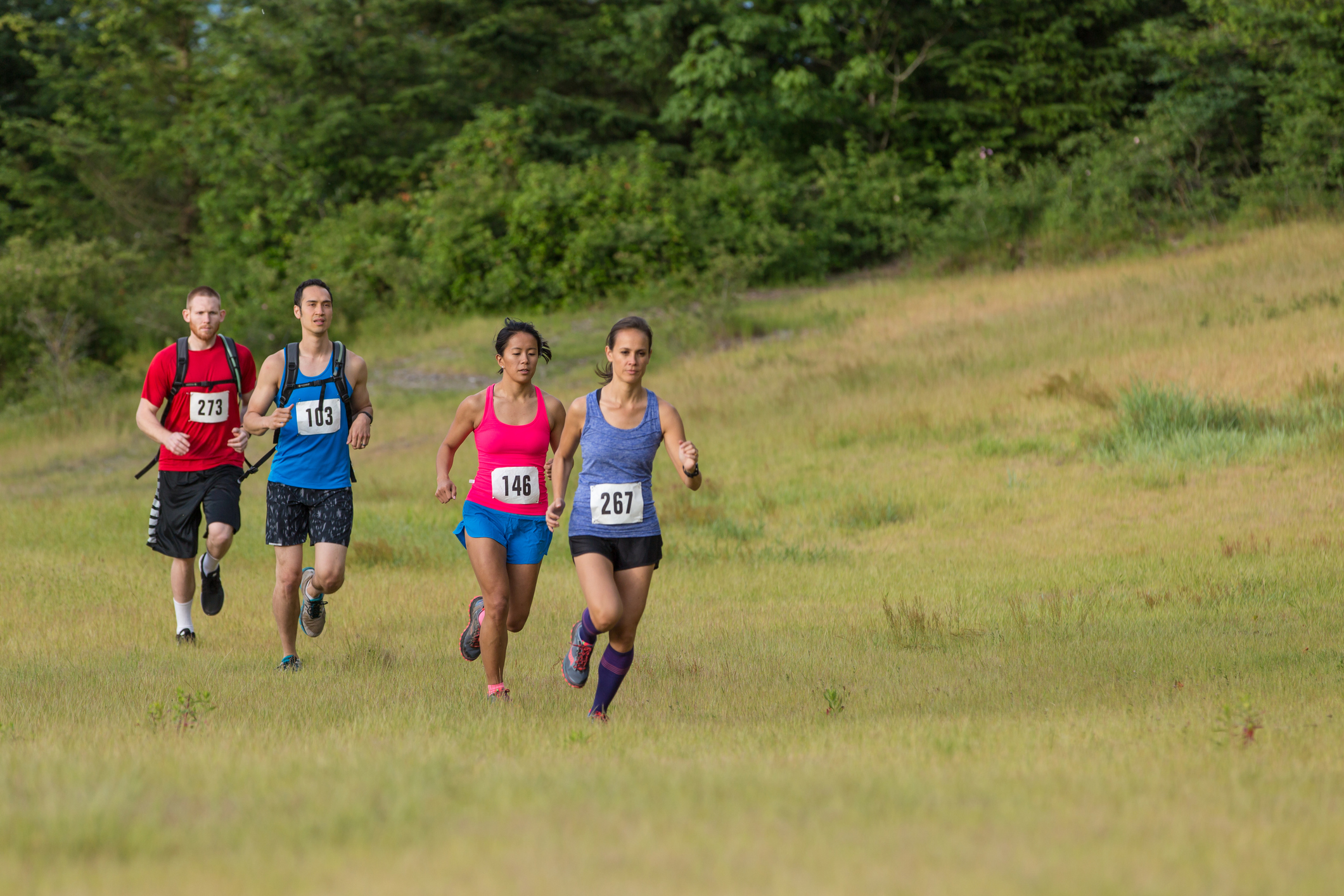Participation in ultra-endurance events often pits human physiology against the earth’s unruly elements. Generally, the term “endurance sports” refers to athletic events that occur for prolonged durations and it’s clear that participation in endurance racing has increased exponentially over the last half century. Some of the most challenging and awe-inspiring events include ultra-marathon races such as the Western States 100, The Ultra Trail Mont Blanc (UTMB), The Hard Rock 100 and the Moab 240. Full-distance triathlon events such as the Ironman have become very popular since its inception in 1978. Long distance swims like the English Channel swim and the 55km Birkebeiner cross-country skiing event are also classic endurance events. As participation grows, and more endurance events are held, the safety of all athletes must become a greater priority.
Research and online reports have made the world increasingly aware of the tragedies in endurance sports. Many people remember the tragic story of Fran Crippen, a team USA swimmer who died in 2010 competing at a 10k world cup event in the United Arab Emirates. Recently, USA triathlon released the Fatalities Incident Study, reporting 45 deaths from 2003 to 2011. Another report cited at least 135 deaths in triathlon from 1985 to 2016, and online tracking has reported 22 deaths in 2023 alone. Furthermore, 35 fatal events happened in ultra-distance marathon races between 2008 and 2019 in Western Europe. These reports and others show the risks of such competition, as well as the critical need for optimal prevention and treatment plans.
Best practice recommendations for prevention, recognition and treatment for numerous exercise-related illnesses and fatalities has been drafted by several organizations, including the National Athletic Trainers Association. While these documents represent best practices in sports medicine, the reality is that ultra-endurance sports pose unique challenges for athlete care. Ultra-endurance sports often span multiple locations and townships, vast amounts of terrain, and different environments, making the treatment and emergency care protocols particularly complex. Gathering experts from each endurance discipline to generate recommendations for injury prevention and care at these events is critical. Distributing this information to medical volunteers, athletes, coaches and greater public is equally important, either by governing organizations or by researchers, as recently done for ultra-endurance running and triathlon events.
The final challenge is the effective implementation of the developed best practices and guidelines at the race venue. Policies and procedures devised by the race organizations are often different from local country EMS protocols and this leads to confusion regarding which protocols are followed. This puts athletes’ lives at risk. We emphasize the need for endurance event organizations to work within communities that support best practices when it comes to the treatment of exercise related illnesses. Just as important is intentional preplanning and proper communication of race administrators with the medical team to make sure policies are being adopted and staff/volunteers are trained accordingly. Specific emergency action plans (EAP) should be created for each race and then shared and practiced with the local county medical providers and race day volunteers as part of preplanning. Important aspects of best practices guidelines for ultra-endurance racing often include active environmental monitoring, cold-water immersion tubs and defibrillators, sufficient numbers of spotters and volunteers on course, and that the EAP has been practiced and reviewed prior to the event start. Several organizations, including the Korey Stringer Institute, have developed such policies and a templates for generating an EAP.
There is great value in a post-event review and systematic follow-up to learn from ongoing race experiences. Thus, the recent call to systematically record and report medical encounters, race parameters, and environmental conditions at all community-based endurance sporting events. Race organizations can and should mandate this action for all events so as to heighten global understanding of athlete risks and treatment of injuries. We suggest race organizations and research teams create large repositories for such data to be stored, aggregated and analyzed on a regular basis.
The need for race organizations to develop and implement data-driven guidelines for athlete safety has never been more important. We must ensure that events have these guidelines, create race-specific EAPs and train race personnel accordingly so that all athletes compete in safe environments. We emphatically state that doing so will quite literally save lives.

David Martin, MS, is the co-director of athlete performance and safety at the Korey Stringer Institute. He is a PhD candidate at the University of Connecticut studying the effects of creatine supplementation on heat acclimation. David is a 3-time USA triathlon All American, a USA triathlon certified coach, and has been competing in endurance events for the past 10 years. His athletic achievements include competing at the 2019 ITU World championships, breaking the fastest known time on Connecticut’s 51-mile section of the Appalachian trail, and holding the 50km course record at the Jack Bristol Ultramarathon.

Christopher P. Connolly, PhD, FACSM, is an Associate Professor of Kinesiology at Washington State University, where he directs the Kinesiology Graduate Program and the Exercise Physiology & Performance Laboratory. His work centers on ultra-endurance safety and performance optimization, particularly as it relates to preventing and treating adverse health occurrences during triathlon training and competition. He is the co-director of the Global Triathlon Safety Database.
Viewpoints presented in ACSM Bulletin commentaries reflect opinions of the authors and do not necessarily represent positions or policies of ACSM. Active Voice authors who have received financial or other considerations from a commercial entity associated with their topic must disclose such relationships at the time they accept an invitation to write for the ACSM Bulletin.




